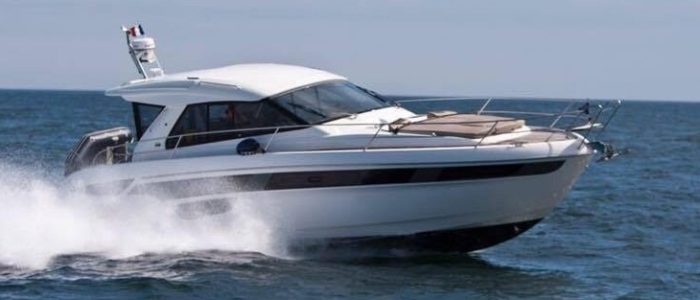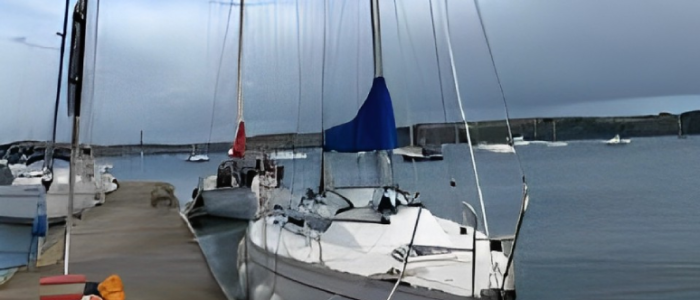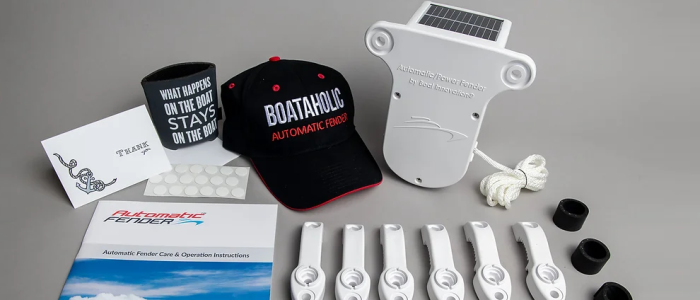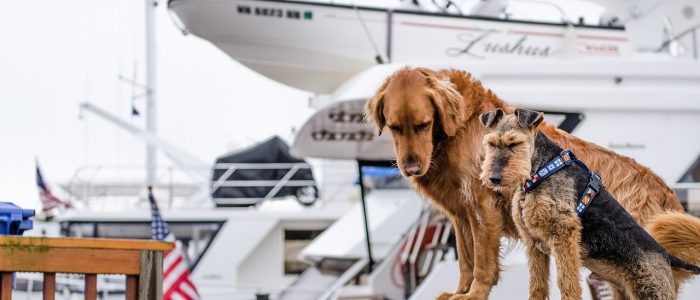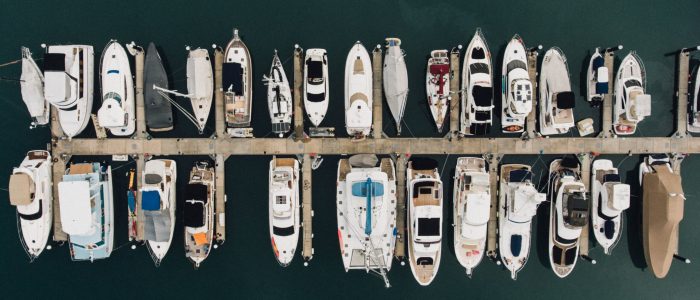Imagine that you are contemplating possibly one of the biggest purchases of your life – a superyacht. One that will fit in with your desires, ambitions, tastes and lifestyle. A luxury floating residence that will, if you wish, take you to most places in the world.
Whether this is real or merely a dream, you may now want to turn your attention to the all-important topic of what I will call ‘toys’; and what others may call essential accessories.
These can be boiled down to two types. Those that enhance the sea-faring aspect of your superyacht and perhaps do deserve the moniker of ‘essential accessories’, and those whose primary purpose is to enhance your enjoyment of your purchase – and really do deserve being called ‘toys’.
There are too many items to describe here, so what follows is merely a small selection of the ways in which you can spend / invest (you choose the term you prefer!) your money.
So, which shall be considered first – the useful accessories or the toys? You guessed it – first we will consider some of the more expensive toys. The second part of this article will be slightly more down-to-earth and consider some useful accessories.
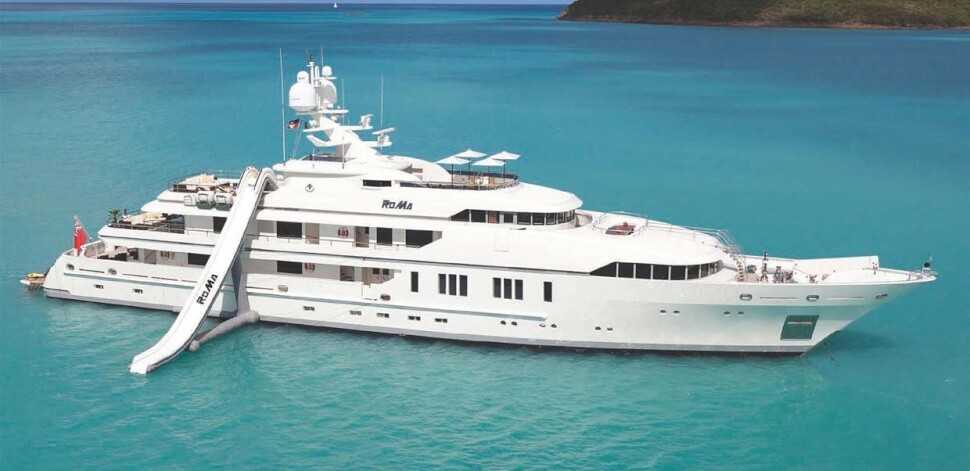
Toys – going up
Boats, as you may have noticed, tend to stay more or less at one level, namely at sea level. Therefore, we obviously need some toys that overcome this limitation – such as helicopters and submarines.
Of the 771 Superyachts currently for sale, some 41 have a helipad. It must be admitted that you need a certain size of yacht, and wallet, to have a helipad. However, there is no doubting their convenience compared to a mere dinghy or tender. They are great if you want to explore an uncharted area or to pick up and welcome guests with a certain style.
Of course, you need to consider a number of technical issues, such as the size and weight of the helicopters that will be supported, including possible refuelling issues. This whole area is – quite rightly – heavily regulated and subject to a number of survey, design, certification and important safety issues.
In particular, a so-called ‘touch and go’ helipad is one that is explicitly excluded from some of the certification and other issues, but cannot be used for anything that could be regarded as commercial use.
One essential question regarding helicopters is how many helipads do you need – one or two? Personally, I think that more than two helipads is just showing off and is somewhat vulgar!
Helicopters can range from simple, relatively low-cost choppers such as the Robinson R22 to more complex, powerful ones with greater carrying capacity.
Realistically, the very smallest machines may offer limited benefit as they will only carry one pilot and one passenger. Therefore 4 seaters upwards, with some capacity for luggage, should be considered the minimum that would be of realistic use. The type and size of helicopter supported is an important design consideration for your helipad.
Another key factor is – are you going to actually store a helicopter on board, or merely use it so that others can land their choppers on your superyacht? If the former, you need to take into account storage space, spares, fuel, weight distribution and even the possible need for a hangar.
The writer must confess to an interest here. He owns some 9 helicopters. In case you think this is somewhat extravagant, I would like to point out that the largest is only 5 feet long. They are housed in a small room in our house that my wife disparagingly calls the helicopter room.
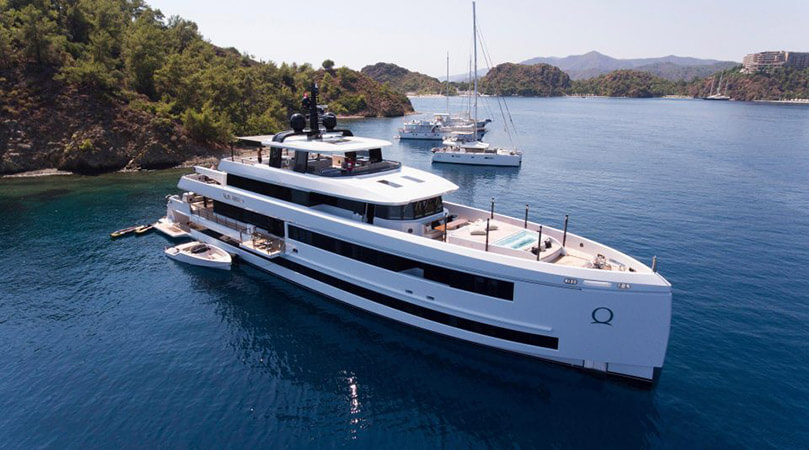
Toys – going down
Let’s talk about exploring underneath the ocean levels. There are three ways to do this from your superyacht:
- Scuba diving
- Scuba, assisted by a motorised scooter
- Submarine
The first method is simply to scuba dive. Training via a competent organisation such as PADI or BSAC is essential in order to do this safely.
The constraints are that unless you use specialist equipment, you are limited to 35 metres below the water for 30 minutes with a medium level of training and experience. More than this requires specialist training and equipment, such as that associated with technical, trimix, diving. Trimix uses a mixture of three gases: oxygen, nitrogen and helium.
I would suggest that any superyacht should contain some basic scuba kit, and trained personnel, so that any underwater issues with the vessel can safely be investigated without having to haul the boat out of the water.
Just a word of warning. Don’t ever call the things you attach to your feet ‘flippers’. They are not, and any real scuba diver will have fun pointing out that the correct term is ‘fins’. Likewise, the tanks on your back are definitely not ‘oxygen tanks’. If they contained pure oxygen, they would kill you. For normal scuba diving they contain highly compressed air.
If you want to scuba dive, but move faster or further, why not consider some motorised assistance? There are a number of diver propulsion vehicles (DPV), also known as an underwater propulsion vehicle or underwater scooters on the market. These battery driven devices pull you along underwater.
They are very cheap, only costing several thousand UK pounds. (Hey, we are talking about superyachts here, so this is cheap in this context.) They help you go further, and possibly use less air as you are exerting yourself less.
Also, most importantly, they are great toys. However, in reality, these systems will only ever move you at 2.5 to 3 knots maximum, so do not regard them as an underwater equivalent to a high-speed RIB.
If you really want to do a lot more underwater and do some serious exploring, then you have no choice but to get your own mini-submarine, or ‘submersible’.
As with a helipad, there are a significant number of design considerations to take into account.
In particular, the submersible needs to be stored somewhere; and the impact on weight distribution needs to be calculated.
Typically, the submersible would be stored on the bathing platform at the stern. This inevitably makes the superyacht slightly more stern heavy, as well as taking up space.
It should be noted that one of the design considerations for a helicopter is to make it as light as possible. Submersibles don’t have this constraint and can be quite heavy. For example, the Triton weighs a massive 8,000 kgs; the Robinson R44 helicopter only weighs 660 kgs, while even the bigger Bell 407GXi ‘only’ weighs 1,224 Kgs.
Some specialist explorer superyachts are built around exploring underwater and are effectively designed around the need for a submersible. You may have seen them in some James Bond movies!
In conclusion
Using your superyacht as a base for exploring from up in the air or underwater can really enhance the experience. However, for those that don’t aspire to superyacht ownership, even basic scuba-diving can open up a whole new world for you.

